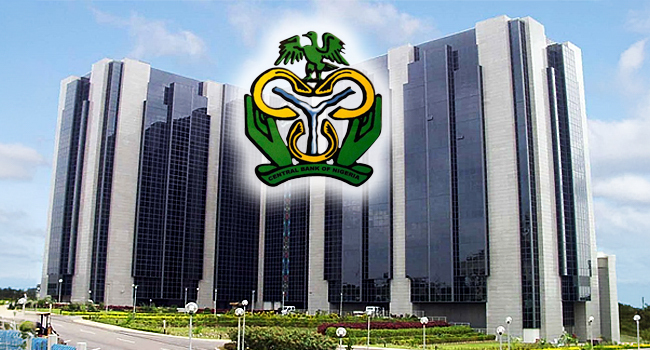The Central Bank of Nigeria has kept the Monetary Policy Rate at 27 per cent, maintaining its pause on further tightening as the bank works to consolidate recent economic gains.
CBN Governor Olayemi Cardoso announced the decision on Tuesday after the Monetary Policy Committee concluded its 303rd meeting in Abuja, with all 12 members present. He said the committee agreed that earlier policy actions needed more time to take effect.
Cardoso noted that the MPC voted to keep its current stance, despite calls from sections of the private sector for lower borrowing costs. The decision marks the fourth hold this year, following a 50-basis-point cut in September—the only reduction since the aggressive tightening cycle of 2024.
The committee also adjusted the policy corridor to +50/-450 basis points. Other parameters remained unchanged: the Cash Reserve Ratio stays at 45 per cent for deposit money banks, 16 per cent for merchant banks, and 75 per cent for non-TSA public-sector deposits. The liquidity ratio also remains at 30 per cent.
In its communiqué, the MPC said stable inflation remained its priority. It vowed that future decisions would stay “evidence-based and data-driven.”
According to the bank, inflation has slowed for seven straight months, dropping from 34 per cent a year ago to 16.05 per cent in October. Food inflation eased to 13.12 per cent, while core inflation fell to 18.69 per cent. The bank attributed these gains to tighter monetary policy, a more stable FX market, improved inflows, and reduced fuel volatility.
Cardoso described price stability as the foundation for future growth. He said investor confidence had improved as the naira stabilised, noting that renewed investment activity would strengthen jobs and incomes over time.
A key highlight from the meeting was the sharp rise in external reserves. Cardoso confirmed that reserves had grown to $46.7bn, up from $42.77bn in September—enough to cover about ten months of imports.
He linked the improvement to stronger non-oil exports, better oil output, higher remittances, and renewed portfolio inflows driven by a more transparent exchange-rate regime.
Cardoso said the FX market now operates more openly than in previous years, supported by an electronic trading system that shows real-time buy and sell activity. Daily turnover, he added, averages $500m without heavy CBN intervention.
He also reported stronger domestic growth indicators. GDP expanded by 4.23 per cent in the second quarter, compared to 3.13 per cent in the first. The Purchasing Managers’ Index reached 56.4 in November, its highest level in five years—signalling stronger non-oil activity and rising business confidence.
The MPC welcomed the banking sector’s resilience, noting progress in the ongoing recapitalisation drive. Sixteen banks have met the new requirements, while 27 others remain in the process of raising capital. Cardoso said the programme aims to strengthen banks’ capacity to support regional expansion and manage risks.
He reiterated the bank’s shift away from direct intervention programmes, revealing that earlier schemes disbursed N10.93tn, with N4.69tn still unpaid. He said the new approach focuses on reducing distortions and allowing markets to function more efficiently.
Cardoso also highlighted Nigeria’s removal from the FATF grey list, calling it a major achievement that would improve remittances, correspondent banking access, and investor confidence.
He added that coordination between fiscal and monetary authorities had strengthened, supporting the bank’s inflation-targeting reforms.
Cardoso restated the CBN’s commitment to transparency and consistency, saying its long-term goal is to build a central bank that inspires confidence and supports sustainable economic growth.










